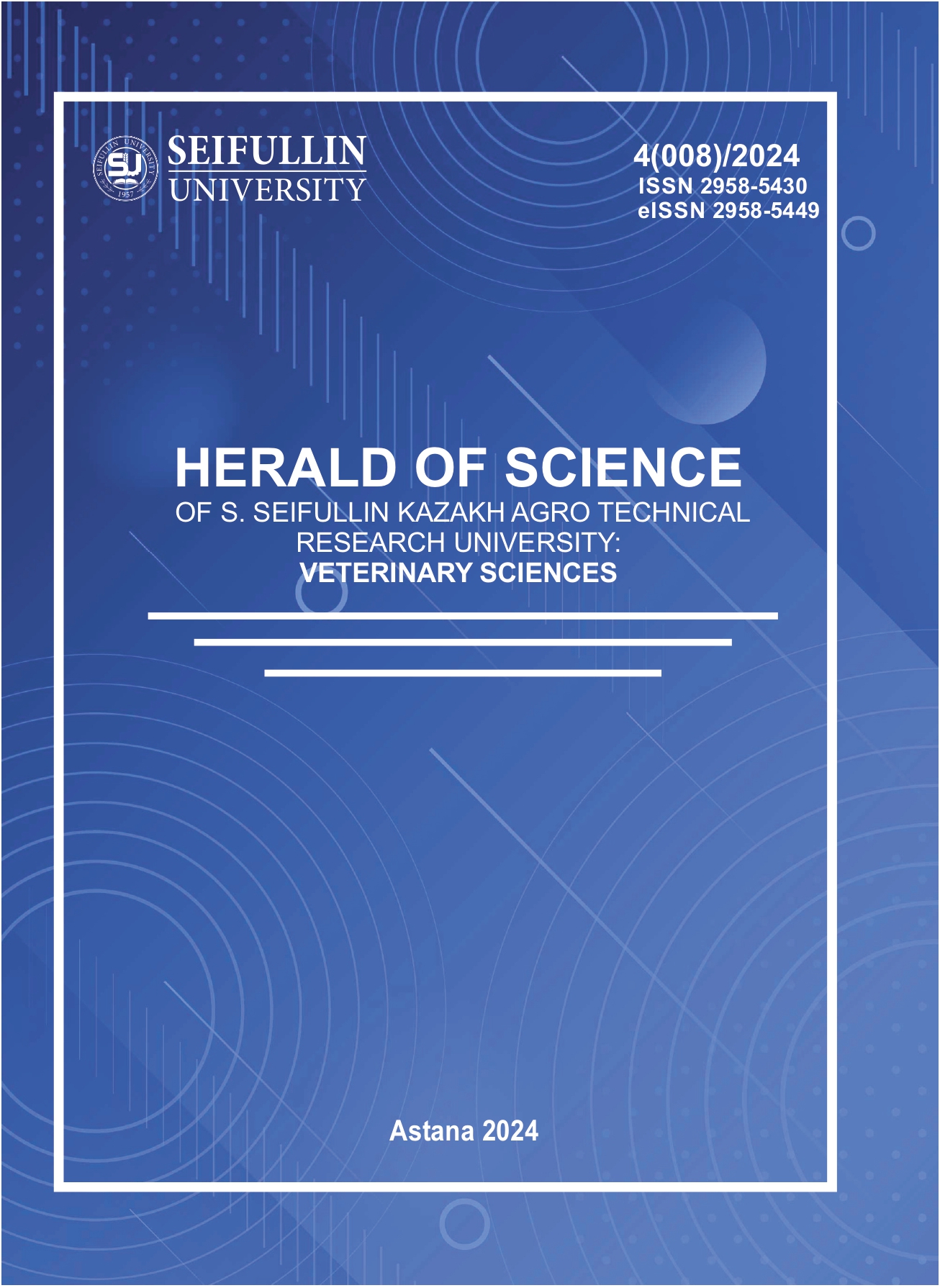Meat Quality Control in Beef Production
DOI:
https://doi.org/10.51452/kazatuvc.2024.4(008).1800Keywords:
critical control points; food products; HACCP; hygienic methods; microbiological quality; slaughterhouse.Abstract
The hazard analysis and critical control points (HACCP) system is primarily a risk assessment method focused on identifying and controlling the risk factors classified as the critical control points. Pathogenic microorganisms can enter the meat supply chain at various points along their path. Live animals can harbor various pathogens, while unhygienic conditions during slaughter and processing introduce external contamination risks, and cross contamination can occur during handling and cooking. Traditionally, pathogen control is concentrated in the processing stage. Despite its effectiveness, approaches like HACCP do not fully satisfy the consumer demands for food safety. A more comprehensive approach targeting pathogen control at every stage of the supply chain that is, “from farm-to-table,” offers broader
coverage and greater integration.
Meat is one of the most perishable food products, providing an ideal environment for the growth of a wide range of pathogenic bacteria. Foodborne illnesses result from the consumption of bacteria, toxins, or cells produced by microorganisms present in food. Past outbreaks have been linked to various stages of the meat production process; hence, it is logical to develop a risk assessment model encompassing all stages, from raising food animals and processing carcasses to meat preparation and consumption.
The primary task in meat production is the evaluation of the microbiological quality of raw meat and the sanitary conditions at processing facilities based on the presence of indicator microorganisms in the meat, equipment, and processing plants. Accordingly, hygienic measures in meat production, processing, and retail aim to ensure meat safety, prevent rapid spoilage, and preserve its quality. HACCP, which heavily relies on prerequisite programs like good hygienic practice and sanitation standard operating procedures, provides enhanced hygiene standards essential for producing safe meat and meat products throughout the entire meat supply chain.

